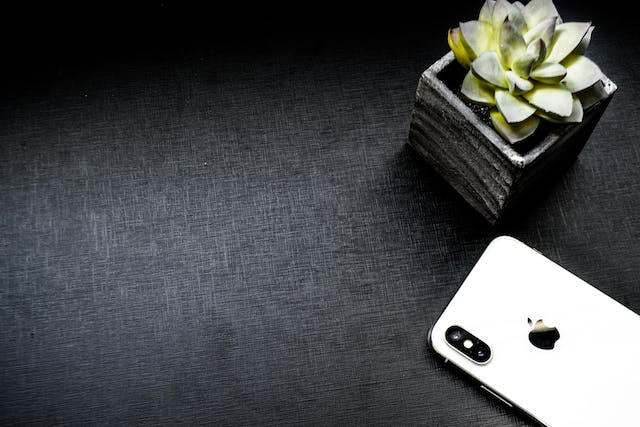
Do you know what is the definition of the Trademark? Trademarks are insignias used in commerce to identify products.
Your brand is the symbol that customers use when choosing your product. Your trademark distinguishes your product from everyone else’s. You can protect your trademark by registering it.
The only condition for a registered trademark is its clear definition. Otherwise, neither you nor your competitors will be sure of what it entails.
Advantages of trademark registration
Let’s have a look at the advantages. If you want to see the guide on trademark registration, you can read this article.
- Protects your brand value
- Creates an asset
- Protects against competitors’ trademarks
- Defines your rights
- Prevents counterfeiting and fraud
Trademark requirements
You choose different types of trademarks depending on what you want to protect (word, shape, color, etc.)
A trademark must distinguish the goods and services of one manufacturer from the goods and services of another manufacturer.
To be eligible for registration, your brand should be different from others and should not describe what you are selling.
Consumers should be able to recognize your brand. This should differentiate you from other companies on the market.
Your trademark should not monopolize a sign that just describes the products and/or services you offer. Such signs must remain accessible to all.
Trademarks in the EU
An EU trademark can consist of any signs, particularly of words (including personal names) or pictures, letters, numbers, colors, shapes or packaging of goods, and even sounds.
The “Graphic Presentation Requirement” was removed on 1 October 2017 as a result of the adoption of amendments to the EU Regulation 2015/2424.
This means that if your trademark belongs to one of the trademark categories accepted by the Department and can be presented in proper formats, you can file it as an application without a graphical representation.
You can register in the European Union:
Wordmark
A wordmark consists solely of words or letters, numbers, and other standard typographic characters, or a printable combination of ones.
Figurative mark
This is a trademark that uses non-standard symbols, styling or layout, graphics, or color, including signs that are solely figurative.
Figurative mark containing verbal elements*
The figurative mark consists of a combination of verbal and figurative elements.
Ornamental mark
The ornamental mark consists of a three-dimensional shape. This can be a container, packaging, and the product itself or its appearance.
Ornamental mark containing verbal elements *
Position mark
The position mark consists of a specific way of placing or attaching a mark to a product.
Template mark
The template mark consists solely of a set of elements that are repeated regularly.
Color (monochromatic) mark
The color (monochromatic) mark is simply a trademark consisting exclusively of one color (with no outlines).
Color (combination of colors) mark
A trademark consisting solely of a combination of colors (no outlines)
Sound mark
The sound mark consists solely of a sound or a combination of sounds.
Moving mark
The trademark consists of movement or changing the position of elements of the mark or expanding them.
Multimedia mark
It consists of a combination of images and sounds.
Holographic trademark
This is a new trademark category (from October 1, 2017). Holographic marks are composed of elements with holographic characteristics.
* Note: The types of trademarks marked with an asterisk are not separate categories under the EU Trademark Regulation. However, they differ in electronic registration for practical and technical reasons.
The four-tier trademark registration system
The EU has a four-tier trademark registration system. Which one you choose depends on the needs of your business.
If you only need protection in just one EU Member State, for example where your business is currently located or where you want to trade, you can apply for trademark registration directly at the appropriate national intellectual property office. This is a national procedure.
If you need protection in Belgium, the Netherlands, and/or Luxembourg, you can do it in the Benelux Intellectual Property Office (BOIP) (the only regional intellectual property office in the EU) to protect trademarks in these three member states. This is a regional route.
If you need protection in more EU member states, you can apply to register an EU trademark at EUIPO. This is the European procedure.
The online application at EUIPO costs €850 and is submitted in one language only. EUIPO reviews and processes your application, and once registered, your trademark can be renewed indefinitely every 10 years.
The national, regional, and European systems complement each other and work in conjunction.
EU trademarks protect in all member states of the Union for those who want such an opportunity.
The fourth way to protection in the EU is the international procedure. You can use your national, regional, or EU trademark application to extend your protection internationally to any country that is a signatory to the Madrid Protocol.
EUIPO
EUIPO is the European Union Intellectual Property Office responsible for the management of the EU trademark and registered Community design. It also works with the intellectual property offices of the EU Member States and international partners to offer similar experiences in the registration of trademarks and industrial designs in Europe and around the world.
The European Union Intellectual Property Office (EUIPO) (which until 23 March 2016 was called OHIM) can grant you exclusive trademark and design rights throughout the European Union with just one application.
Moreover, EUIPO is an agency of the European Union with a global focus.
EUIPO works in partnership with national and regional EU intellectual property offices, user groups, the European Commission, the European Parliament, and other international organizations.








